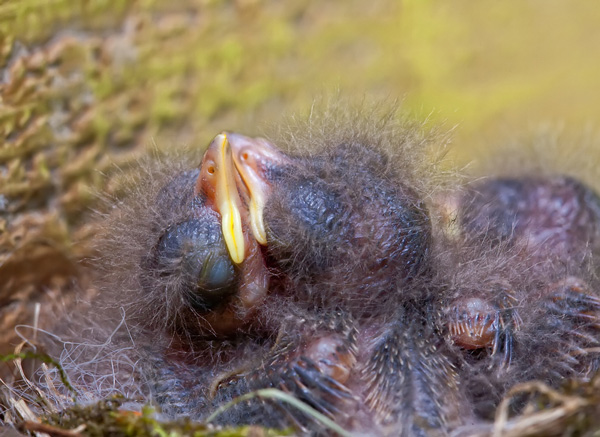 Last year, Phoebe, our winged resident, built her nest in one of two Arroyo Craftsman lights that frame the front door. Each year, I marvel at why she chooses the busiest location to tend to her nest, as she has a hissy fit -- tail flicking, stressed alarm calls -- every time the screen door opens and closes. Despite the coming and going disturbances, she keeps showing up each year to tend to her latest brood.
Last year, Phoebe, our winged resident, built her nest in one of two Arroyo Craftsman lights that frame the front door. Each year, I marvel at why she chooses the busiest location to tend to her nest, as she has a hissy fit -- tail flicking, stressed alarm calls -- every time the screen door opens and closes. Despite the coming and going disturbances, she keeps showing up each year to tend to her latest brood.
Peering around the corner from my summer office, the screened-in porch, I watched the building take shape. My front door, with its lopsided entrance, one light adorned with twigs and branches, the other naked, winked daringly to keep my distance.
It reminded me not to leave behind my work utensils on the commute from kitchen to porch.
Computer, check…glasses, check…phone and headphones, check…cloth napkin, check (have been known to spill while groping for the teacup in a computer trance)…
With loving care, Phoebe folded the natural bedding round and round until the little nest fit her perfectly. Then she sat, shimmying from side to side, watchful eyes aimed at the porch. One day, her peeping took on a fevered pitch and she was done sitting -- hatched -- five tiny, translucent bodies with open wide beaks peeking over the top of the nest.
Then came a soaking rainstorm. In the early morning hours, the summer sky opened to a deluge of windswept water. When the riot subsided, I tiptoed out to the porch, arms full of work paraphernalia, focused on not slipping on the slick deck. Stepping into the safety of the porch, I noticed the silence. No mother/child chorus. No movement above the light. Dead quiet.
Right about this time, my writing ebbed.
For months, writing had flowed out of me like nobody’s business. Notes filled notebooks and pages piled up. Then an insightful editor told me to put the breaks on the floodwaters and get cranking on publishing.
In the meantime, I continued along my work trail. Work thrived. Writing limped.
Even blog posts that used to spring out of nowhere, where nowhere in sight.
Waiting.
A few weeks ago, right on schedule, Phoebe came back and laid her eggs -- one, two, three. All fluff and beaks, these minis flourished.
One morning, the birds stood up, peered around their nest, and like a toddler about to throw one chubby leg over a crib gate -- they were ready. Thinking the birds would jump ship, I went around back to enter the porch. But they held tight.
The next day I was leaving for the BlogHer conference – 3 insanely hectic days in NYC. I dreamt about gardens and flight. The stark contrast of my lush home in the woods to the rush of city lights and throngs of people, couldn’t be harsher. But I enjoy the freedom of travel and look forward to the change of scene; always thankful I have a refuge, this haven, to return to. My nest.
Returning, I walked out to the porch this morning and the peeping started, reaching an all-time high. Then, in a blink of any eye, the babies flew over to the power line that connects us to the rest of the world. There they sat, tails flicking like mom’s. Once safely ensconced in my writing porch, I watched them fly into the woods, one by one.
Settling down to work, I click on my computer, but instead of opening my Inbox, I stare at a blank white page. Maybe I could write something today? How do I know?
'Cause just like that a post took flight.
Photo note: I tried hard not to disturb Pheobe and her babies. I didn't dare take photos. This photo of sleeping newborns is from Shutterstock.

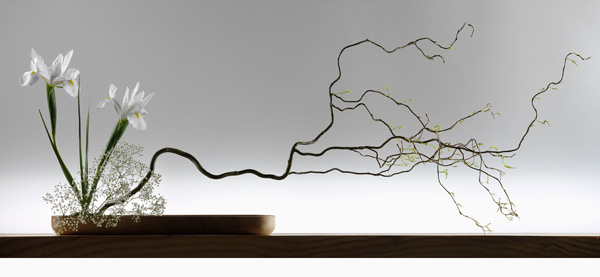 I watched this short video about Ikebana, the Japanese art of flower arrangement, three times.
I watched this short video about Ikebana, the Japanese art of flower arrangement, three times.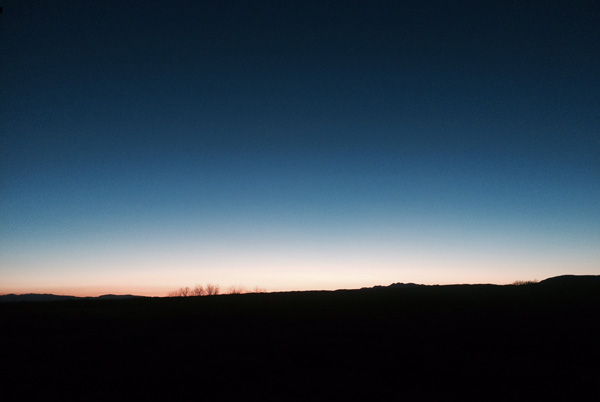
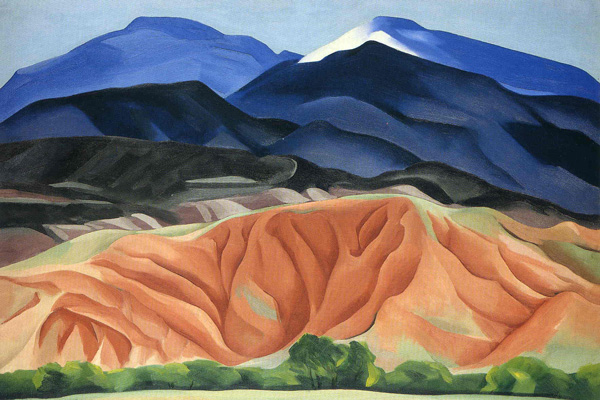
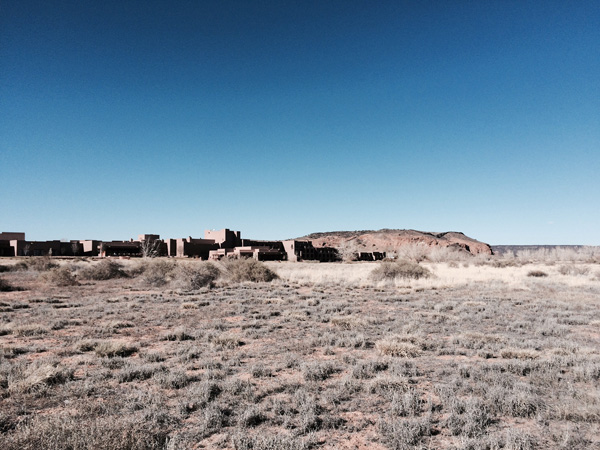
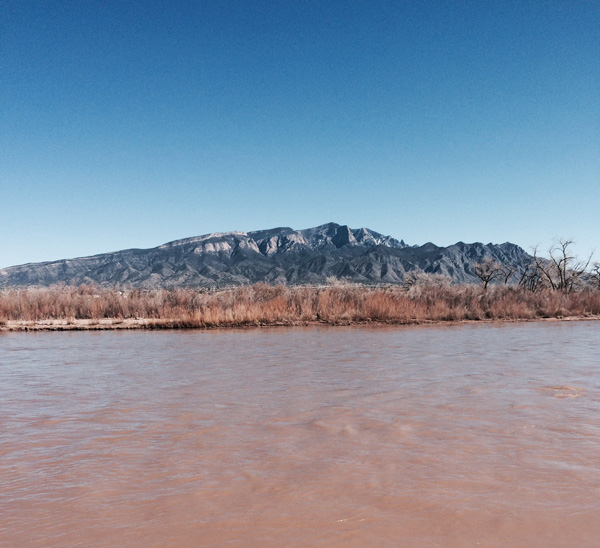
 I hiked the path down to the river slowly because the heaviness of the high altitude was beginning to take hold. Dry heat is deceptive. While I didn’t spy a roadrunner, I did stop to catch my breath and marvel at the Rio Grande in all its muddy spring glory.
I hiked the path down to the river slowly because the heaviness of the high altitude was beginning to take hold. Dry heat is deceptive. While I didn’t spy a roadrunner, I did stop to catch my breath and marvel at the Rio Grande in all its muddy spring glory.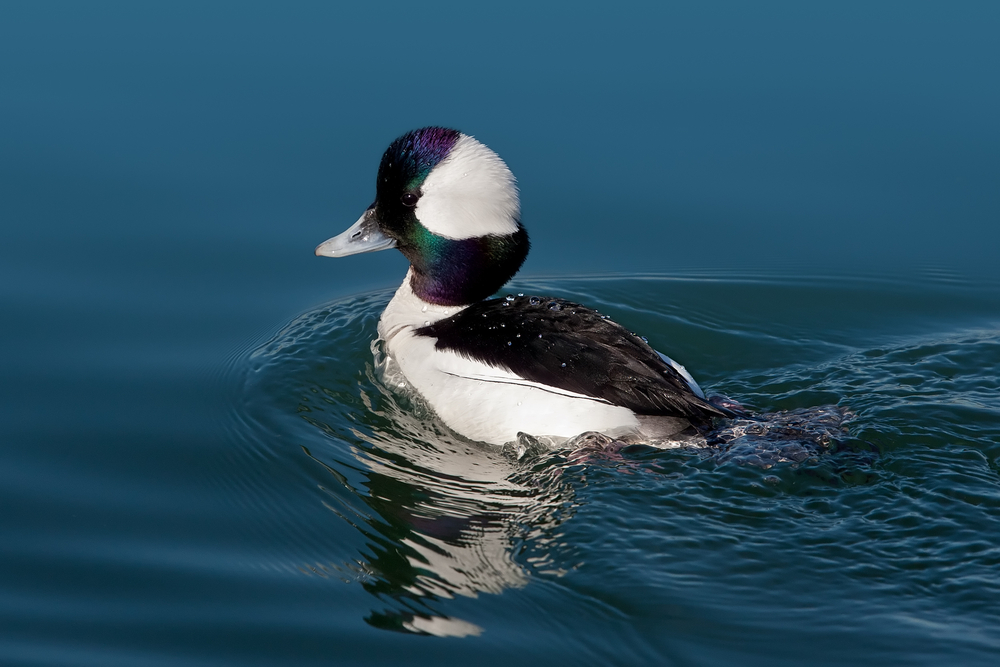 After a few stunning fall weekends by the ocean gazing at skiddish water fowl preparing to flee to their warmer homes, I've come to love ducks. My new favorite ducks are called,
After a few stunning fall weekends by the ocean gazing at skiddish water fowl preparing to flee to their warmer homes, I've come to love ducks. My new favorite ducks are called, 